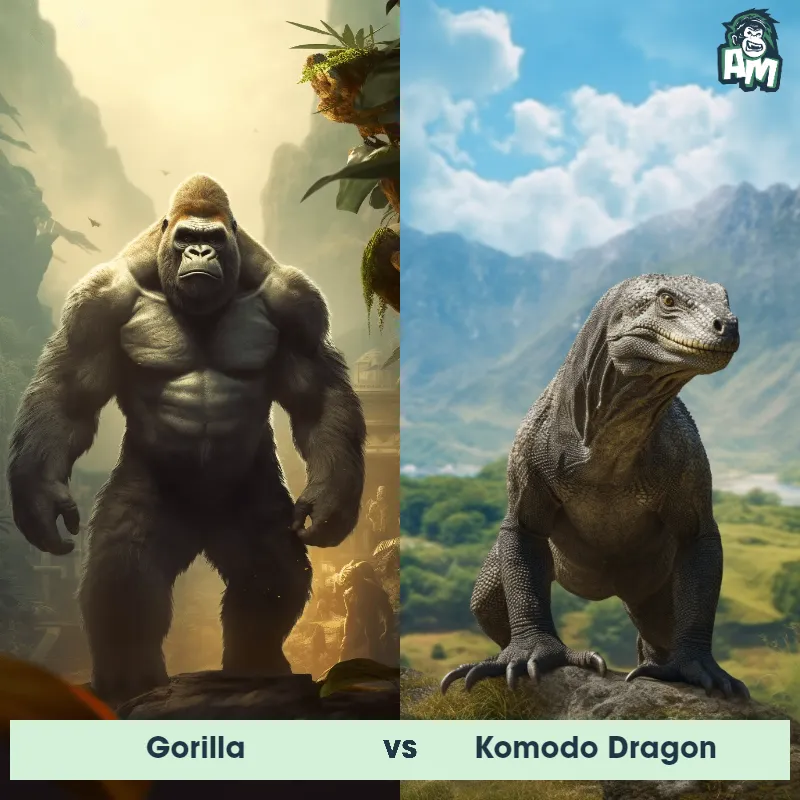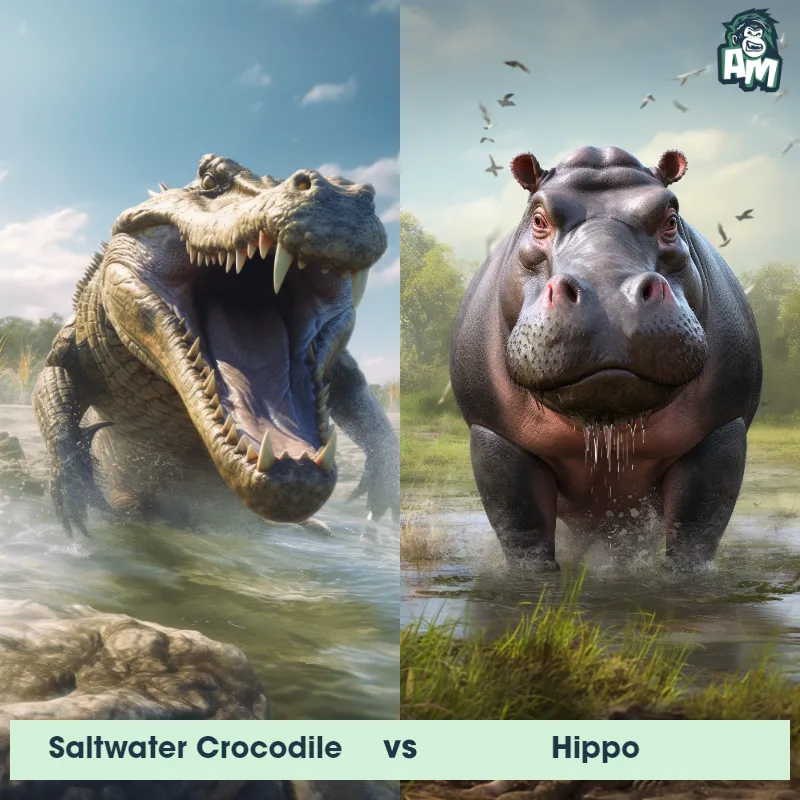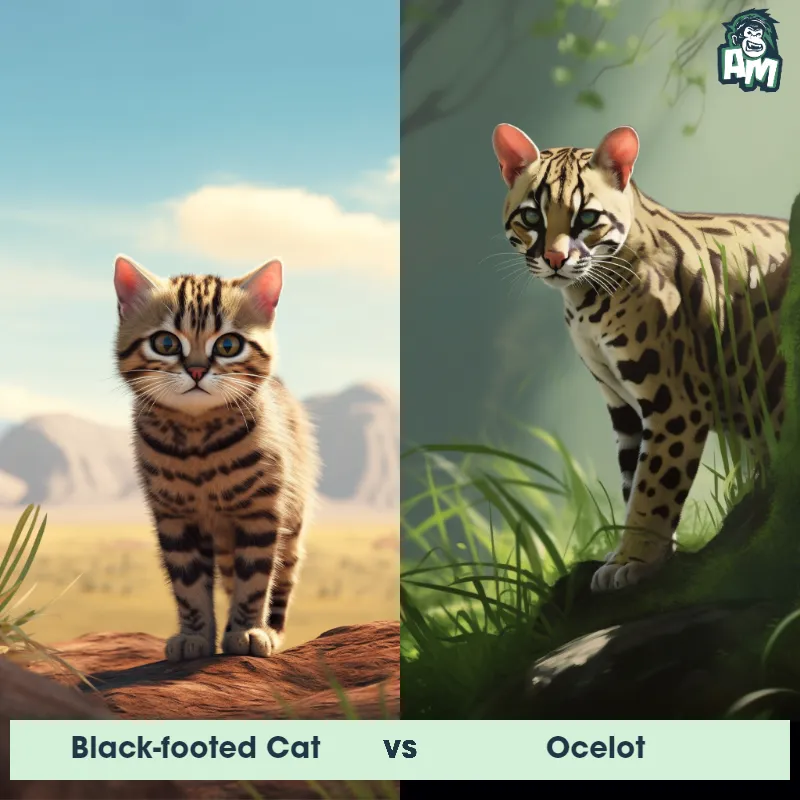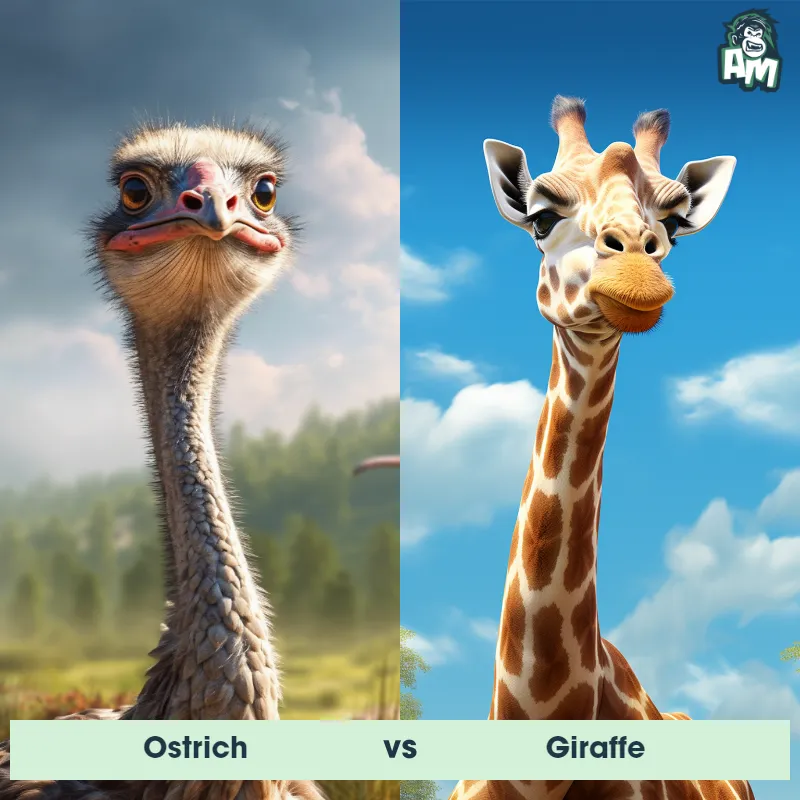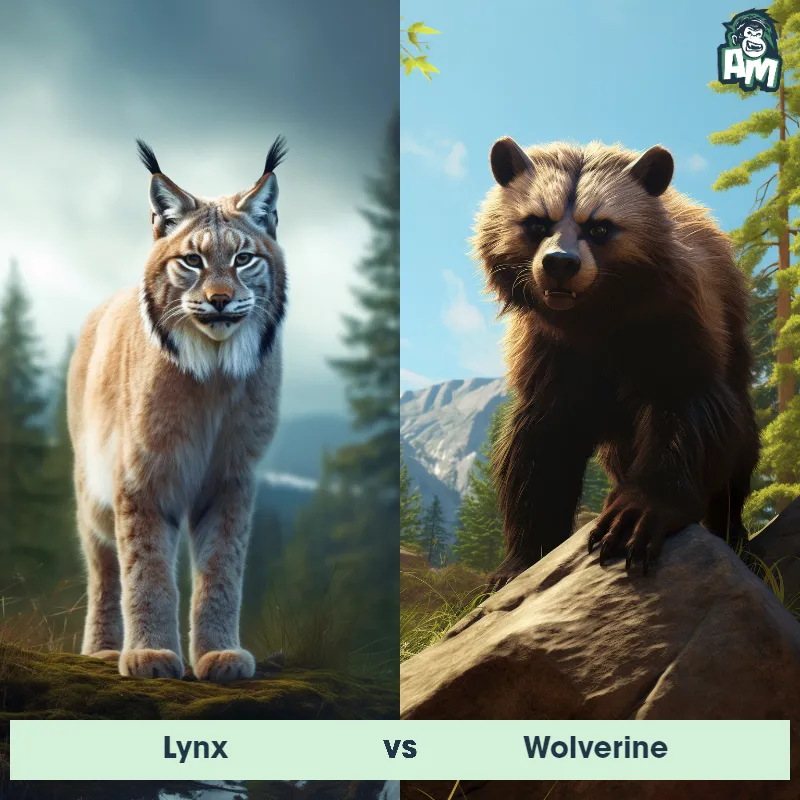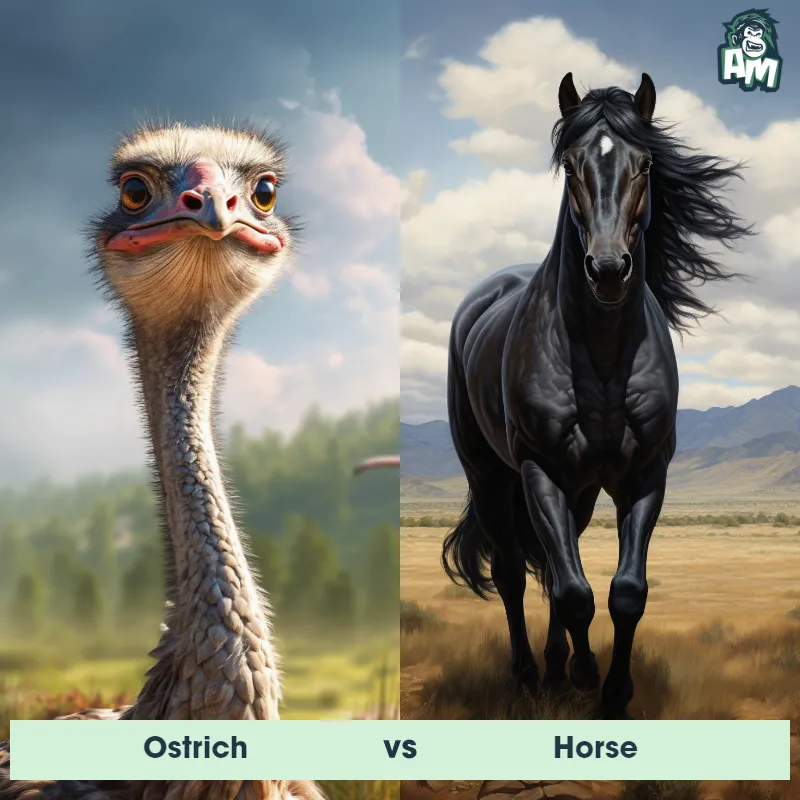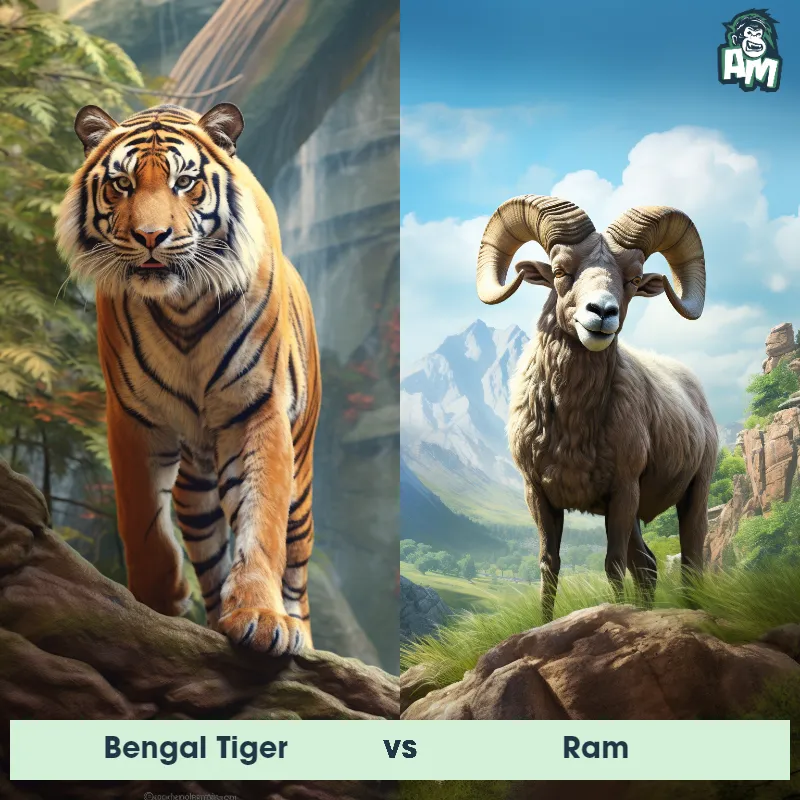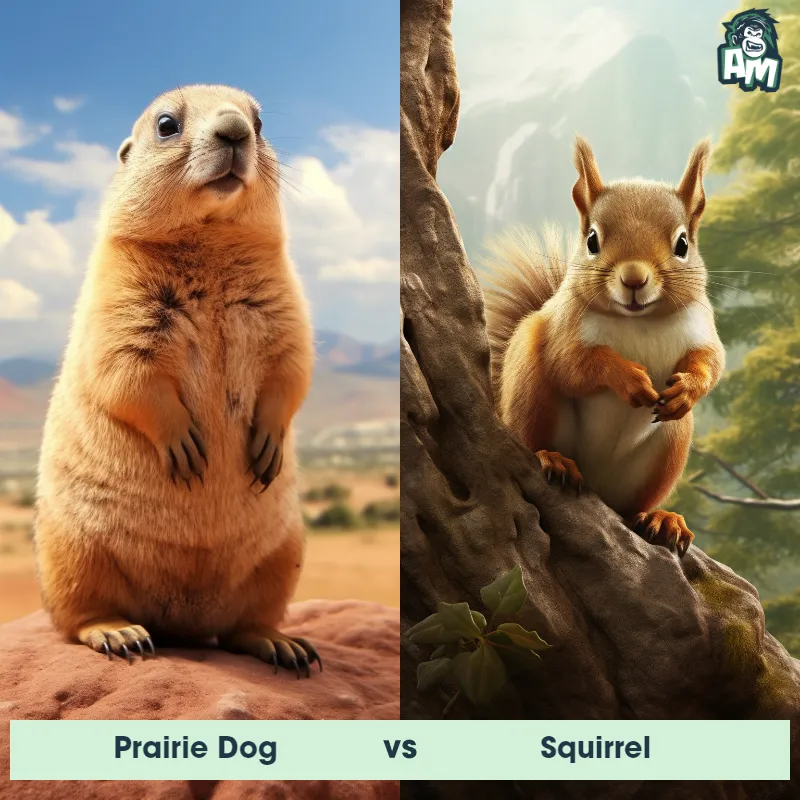Puma vs LeopardSee Who Wins

Ladies and gentlemen, fight fans from around the world, welcome to this highly anticipated matchup between two fierce predators in the animal kingdom. Tonight, we have the privilege of witnessing a thrilling three-round battle between a Puma and a Leopard. Both known for their agility, strength, and predatory instincts, this is a showdown you won't want to miss. So, get ready, folks, as we witness nature's finest go head to head in this epic encounter.
Contender 1: Puma
The Puma, also known as the mountain lion or cougar, is a large, solitary cat found in North and South America. They have a muscular build, short fur that ranges in color from tan to gray, and distinctive black markings on their face, ears, and tail. Pumas are known for their agility and can jump up to 18 feet in a single bound. They are also excellent hunters, with sharp claws and teeth that allow them to take down prey much larger than themselves.
Fun Fact: Pumas are one of the few big cats that can purr, which they do when they are content or communicating with other pumas.
Contender 2: Leopard
The Leopard is a large and powerful carnivorous mammal that is known for its distinctive coat pattern consisting of rosette-like spots. It has a slender body, muscular limbs, and a long tail, enabling it to be agile and swift. Leopards are primarily nocturnal creatures, preferring to hunt during the cover of darkness. They are highly adaptable and can thrive in a variety of habitats, ranging from dense forests to open grasslands. With exceptional climbing skills, they are capable of dragging their prey up trees to keep it safe from other predators.
Fun Fact: Leopards are incredibly strong and possess immense agility, as they are capable of leaping horizontally up to 6 meters and vertically up to 3 meters, allowing them to ambush their prey from above with precision.
Matchup Stats
| Puma | Leopard | |
|---|---|---|
| Size | 2-3 feet (0.6-0.9 meters) at the shoulder | 24-28 inches (60-71 cm) at the shoulder; 5-6 feet (1.5-1.8 meters) in length |
| Weight | 100-200 pounds (45-90 kilograms) | 80-160 pounds (36-73 kilograms) |
| Speed | Speed: 50 mph (80.47 km/hr) | 36-37mph (58-60km/h) |
| Key Strength | Powerful jaws and sharp claws | Powerful jaw and sharp claws |
| Biggest Weakness | Vulnerable to attacks from behind | Less endurance compared to some other big cats |
Current Votes
Puma vs Leopard
See Who Wins
View More Matches
Looking For More?
Similar Matches
Scientific Stats
| Puma | Leopard | |
|---|---|---|
| Scientific Name | Puma concolor | Panthera pardus |
| Family | Felidae | Felidae |
| Habitat | Mountains, forests, deserts | Variety of habitats including forests, grasslands, and mountains |
| Geography | North and South America | Africa, parts of Asia |
| Diet | Carnivorous, primarily deer and smaller mammals | Carnivorous, preys on various animals including ungulates, small mammals, birds, and reptiles |
| Lifespan | 8 years - 13 years | 12 years - 17 years |
Key Differences between Puma and Leopard
- Tail Length: Pumas have long, thick tails that can reach up to one-third of their body length, while Leopards possess comparatively shorter tails, measuring around one-half to two-thirds of their body length.
- Color and Pattern: Leopards have a distinct coat pattern characterized by rosette-shaped spots on their golden yellow or orange fur, while Pumas have a more uniform coloration, often a tawny or grayish-brown with slight variations.
- Body Shape: Pumas have a more slender and elongated body with longer hind legs compared to Leopards, whose bodies are stockier and they have relatively shorter legs.
- Size: The Puma, also known as the Cougar or Mountain Lion, is generally larger than the Leopard, with males averaging a length of 6 to 8 feet and weighing between 100 and 220 lbs, while Leopards measure around 4.6 to 6.3 feet long and weigh between 80 and 165 lbs.
- Habitat: Pumas are primarily found in the Americas, from Canada to South America, inhabiting a variety of habitats such as forests, mountains, and deserts, while Leopards are native to Africa and parts of Asia, adapting to a wider range of habitats including forests, grasslands, and even deserts.
- Facial Features: Leopards have a more robust head structure, with rounded ears and a larger skull compared to Pumas, which display a sleeker face with high-set and small rounded ears.



